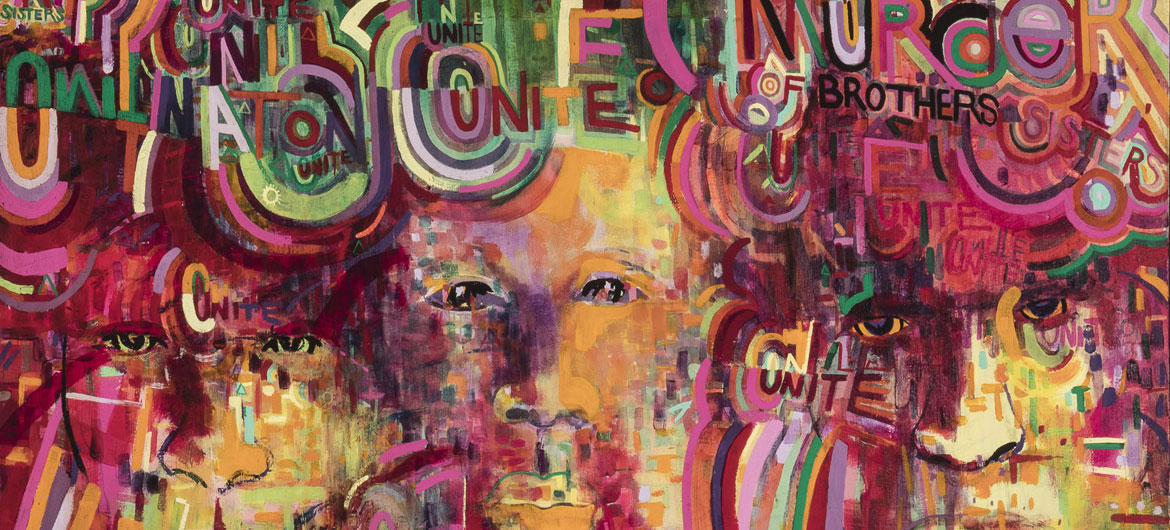In August 1967, a group of 14 African American artists began painting a 60-foot-wide mural on the side of a run-down tavern at the corner of 43rd Street and Langley Avenue on Chicago’s South Side. They called it the “Wall of Respect” and their artwork would inspire hundreds of Black Power murals all across the United States.
Sylvia Abernathy drafted the overall design. Each artist was given a section of the wall to paint and a theme—Black heroes of music, sports, politics, activism, religion, acting, writing. They portrayed H. Rap Brown, Marcus Garvey, Stokely Carmichael, Malcolm X, Muhammad Ali, Bill Russell, Charlie Parker, Miles Davis, James Brown, Stevie Wonder, Nat Turner, Elija Muhammad and members of the Nation of Islam, W.E.B. DuBois, Gwendolyn Brooks, James Baldwin, Amiri Baraka, Sidney Poitier. The mural was a living thing, evolving as portraits were added or removed. Martin Luther King Jr. was left out; not radical enough.

“The project is designed to help give Black people a more distinct sense of identity, as well as beautify the neighborhood,” muralist William Walker told the Chicago Tribune shortly after the artwork was dedicated in August 1967.
“The ‘Wall of Respect’ was a revolutionary act, made without city permits or permission from the building owner,” write the organizers of “The Time Is Now! Art Worlds of Chicago’s South Side, 1960-1980,” an amazing and inspiring exhibition at the University of Chicago’s Smart Museum of Art through Dec. 30. “Creating art for the people, affirming a new Black consciousness, and beautifying a working-class South Side neighborhood, the OBAC artists sparked a public mural movement that quickly spread to other American cities.”
The mural and the artists who created it are at the heart of “The Time Is Now!,” which highlights the effort of Black artists across the United States in the 1960s and ‘70s for self-determination—to define their own image, to create their own autonomous institutions, to define what Black art is. It features more than 100 artworks—mainly by Black artists, but also some of the North Side White Chicago Imagists who were nurtured by the South Side’s Hyde Park Art Center—ranging from anguished Expressionism to vibrant protest graphics to utopian sci-fi imaginings.
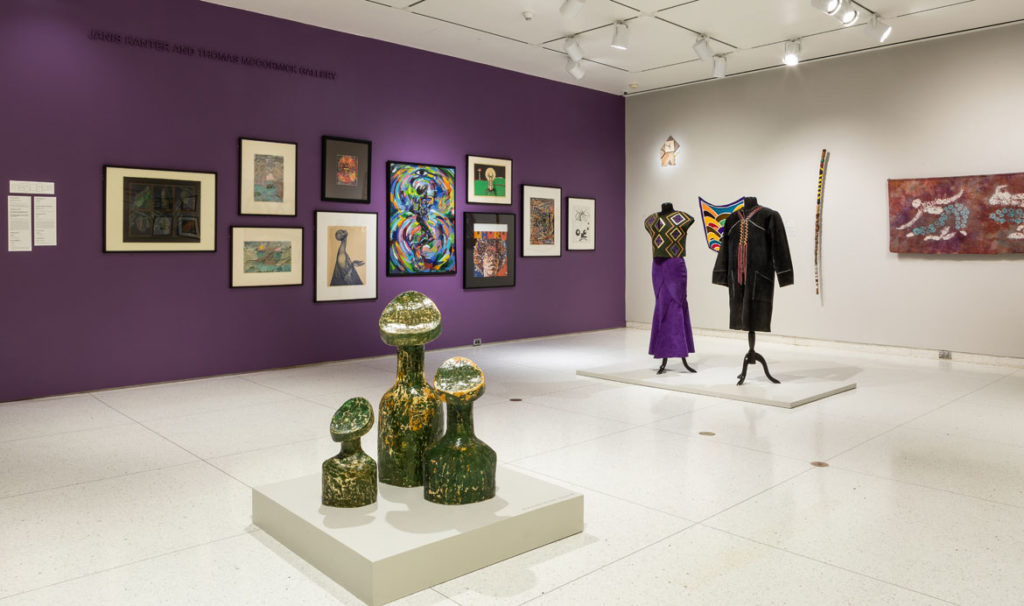
“The Time Is Now!”—along with “Soul of a Nation: Art in the Age of Black Power,” organized by the Tate Modern and on view at New York’s Brooklyn Museum through Feb. 3, and “We Wanted a Revolution: Black Radical Women, 1965-1985,” which was organized by the Brooklyn Museum and appeared at Boston’s Institute of Contemporary Art last summer—is one of the landmark exhibitions that have appeared in the wake of Black Lives Matter to revise the history of Western art to include artists of color frequently ignored because of White art world racism.
“The Time Is Now!” is also part of “Art Design Chicago,” an exploration of Chicago’s art and design legacy initiated by the Terra Foundation for American Art with presenting partner The Richard H. Driehaus Foundation. The project echoes the Getty Foundation’s “Pacific Standard Time” initiative begun in 2011 to explore Los Angeles’ art history, which successfully sparked renewed interest in California art across the country.

Chicago has long been a major center of Black culture. It was one of the prime destinations of the Great Migration of African Americans from the South after the Civil War. But those who made a home in the “Black Belt” centered on Bronzeville on the city’s South Side found another form of White racism and segregation. A 1967 study by University of Chicago found 65 percent of Chicago Whites “strongly or moderately opposed any additional action toward civil rights of African Americans” and 42 percent “expressly asserted that housing discrimination should continue,” exhibition curator Rebecca Zorach reports in the catalogue.
The University of Chicago led urban renewal programs that drove Black residents and businesses from its South Side Hyde Park neighborhood. Meanwhile restrictive covenants (real estate agreements in which White property owners refused to sell to Blacks) and segregationist violence prevented African Americans from settling in other neighborhoods.
For example, Lorraine Hansberry’s 1959 play “A Raisin in the Sun”—written after she left her native Chicago for New York in 1950—was inspired by her own family’s experience moving into Woodlawn, a primarily White neighborhood just south of the University of Chicago, and working-class Black folks who rented from her father. When Hansberry was 8, her father, Carl Hansberry—who founded a bank and ran a successful real estate business—worked with White realtors to secretly buy a brick three-flat at 6140 S. Rhodes Ave., despite a racist restrictive covenant. After the family there in May 1937, Whites threw bricks through the family’s windows. The Illinois Supreme Court upheld the restrictive covenant, but the U.S. Supreme Court eventually reversed the decision on a legal technicality, opening the area to Blacks.
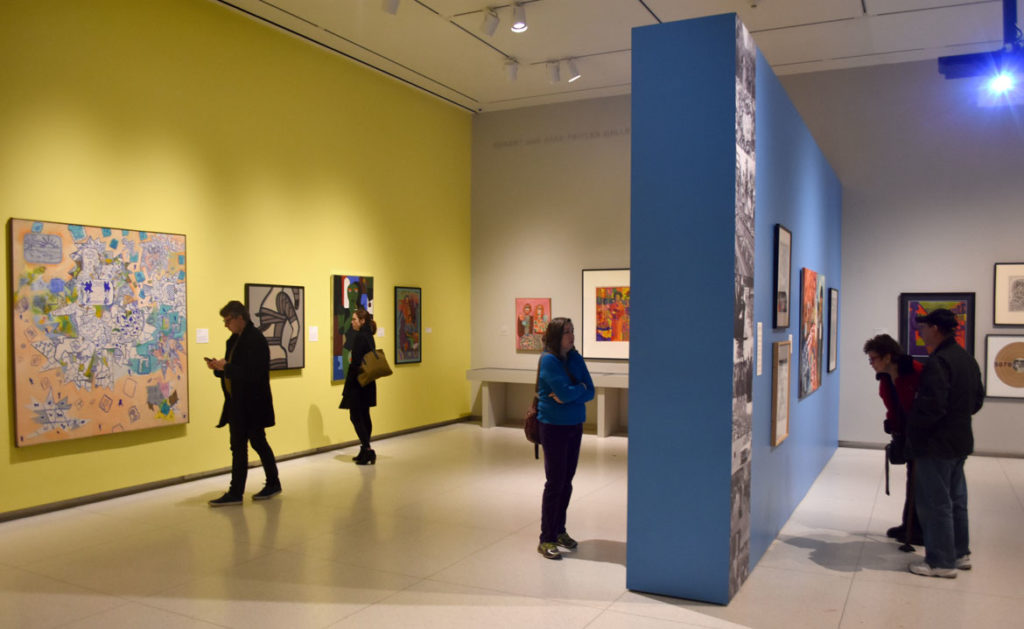
“The Time Is Now!” overlaps with the reign of Richard J. Daley, who was elected mayor of Chicago six times, serving for 21 years between April 20, 1955, until his death on Dec. 20, 1976. Daley, known as “The Boss” of Chicago’s Democratic Machine, was a White Irish Catholic who lived his entire life in Bridgeport, a White Irish Catholic neighborhood just west of Bronzeville.
After Martin Luther King’ was assassinated in April 1968, uprisings in Chicago left nine Black men dead and large parts of the city’s West Side burned. At a press conference a few days afterward, Daley infamously announced: “I said to him [the police superintendent] very emphatically and very definitely that [he should issue an order] immediately and under his signature to shoot to kill any arsonist or anyone with a Molotov cocktail in his hand in Chicago because they’re potential murderers, and to issue a police order to shoot to maim or cripple any arsonists and looters.”
Daley later insisted, “There wasn’t any shoot to kill order.” But his clear approval of violence—with strong support from the White community—was manifested in the police riot that attacked Vietnam War protesters at the Democratic National Convention in Chicago in August that year. This is also the city where on Dec. 4, 1969, Fred Hampton, the charismatic 21-year-old Illinois Chapter chairman of the Black Panther Party, was murdered by Chicago Police during an early morning raid of a West Side apartment at 2337 W. Monroe St. that was home to Panthers.

This is the context in which the “Wall of Respect” was painted. “It was a guerrilla mural,” Jeff Donaldson, one of the muralists, said in 2003. “It was a clarion call, a statement of the existence of a people.”
“The Time Is Now!” includes a 1967 oil sketch of Miles Davis by Donaldson for the “Wall of Respect.” The show also exhibits actual surviving pieces by Eddie Harris and Eda (Eugene “Eda’ Wade) painted for the “Wall of Truth,” which was created on an apartment building across the street from the “Wall of Respect.” There’s also a panel from William Walker’s “Wall of Love,” painted at Chicago’s Museum of Contemporary Arts for its 1971 exhibition “Murals for the People” and then displayed on the upper floors of the African-American-run South Side Community Art Center.
The center, which First Lady Eleanor Roosevelt dedicated in 1941, is an example of the autonomous institutions Black Chicagoans created to have their own bases of economic and political power. (The Nation of Islam, which has been headquartered in Chicago since the early 1930s, is another example.)
The School of the Art Institute of Chicago had long been integrated, but Black artists graduated to find themselves often segregated out of the city’s White-run art world. So outdoor art fairs—57th Street Art Fair, Lake Meadows Art Fair, Englewood Concourse Art Fair—became key places for African American Artists to exhibit.
Artist and educator Margaret T. Burroughs founded the Ebony Museum of Negro History and Art in her home and it grew to become the DuSable Museum. Artist Yaoundé Olu’s launched the Osun Center for the Arts in South Shore neighborhood in 1968. “The whole purpose for me having the gallery, outside of showcasing the worls of African American artists,” Olu said, “was to help encourage the community to rise to another level.”
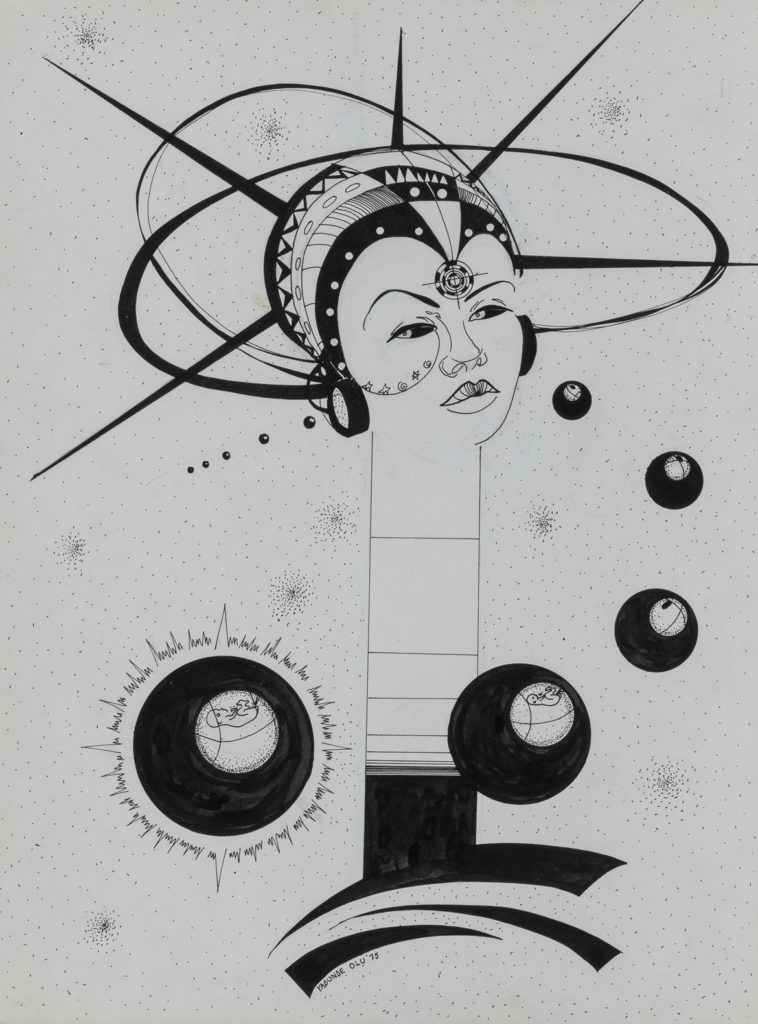
A number of the “Wall of Respect” muralists were affiliated with the Organization of Black American Culture (OBAC), cofounded by Jeff Donaldson. He subsequently helped form COBRA (Coalition of Black Revolutionary Artists) in May 1968 to protest the “Arts and the Inner City” conference at Chicago’s Columbia College. “We object,” artist Jeff Donaldson said, “to the assumption … that White people can interpret the art of Black people.”
Later that year, Donaldson, Wadsworth Jarrell and Barbara Jones-Hogu—who had helped paint the “Wall of Respect”—along with Jae Jarrell and Gerald Williams reclaimed the name COBRA as a Black Power arts collective, which before long became known as AFRICOBRA (African Commune of Bad Relevant Artists). Carolyn Lawrence, who painted the newsstand at the “Wall of Respect,” soon joined.
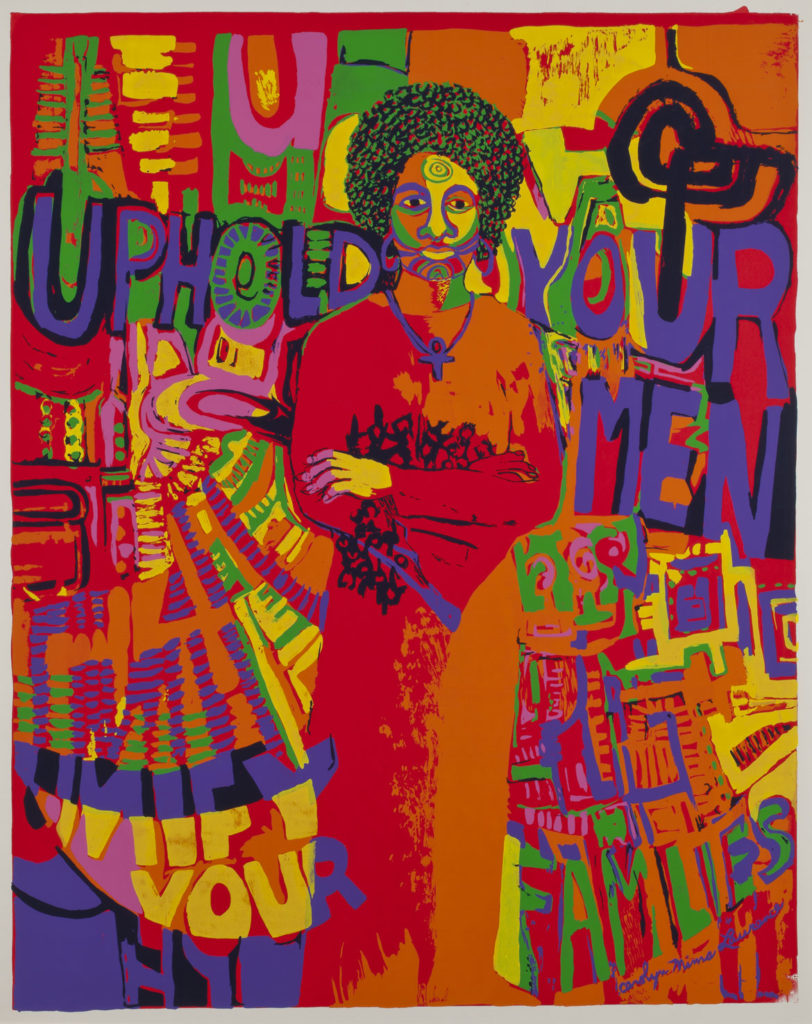
By 1970, AFRICOBRA had grown to 10 members who created psychedelic Black Power art in bold “coolade” colors. (Some of the best examples are currently on view at “Soul of a Nation” in Brooklyn.) They critiqued racist America’s attacks on Blacks, while also presenting positive images in support of Black families and the African American community.
“It is Nation Time and we are searching,” the group said on a poster for their June 1970 exhibition (“Ten in Search of a Nation”) at New York’s Studio Museum in Harlem. “In the spirit of Nation-ness we are examining the roots and branches of our African Family Tree for the seeable which is most expressive of our people/art. We are trying to make images inspired by sublimely SuPerreal African people/experience in the U.S.A. Images that all African people can dig on directly. Images that jar the senses and cause movement. Poster art. Images designed for mass production. Inexpensive. We want everybody to have some.”
The “Wall of Respect,” intended to be temporary, was lost after a suspicious 1971 fire in a TV repair shop in the building led to the building—and the mural—being razed shortly after.
AFRICOBRA’s Chicago base crumbled after Donaldson left the city in 1970 to become chair of the art department at Howard University (members Napoleon Henderson-Jones and Nelson Stevens ended up in Massachusetts), but the collective added members around Washington, D.C., and continues to this day.
If this is the kind of coverage of arts, cultures and activisms you appreciate, please support Wonderland by contributing to Wonderland on Patreon. And sign up for our free, weekly newsletter so that you don’t miss any of our reporting.

